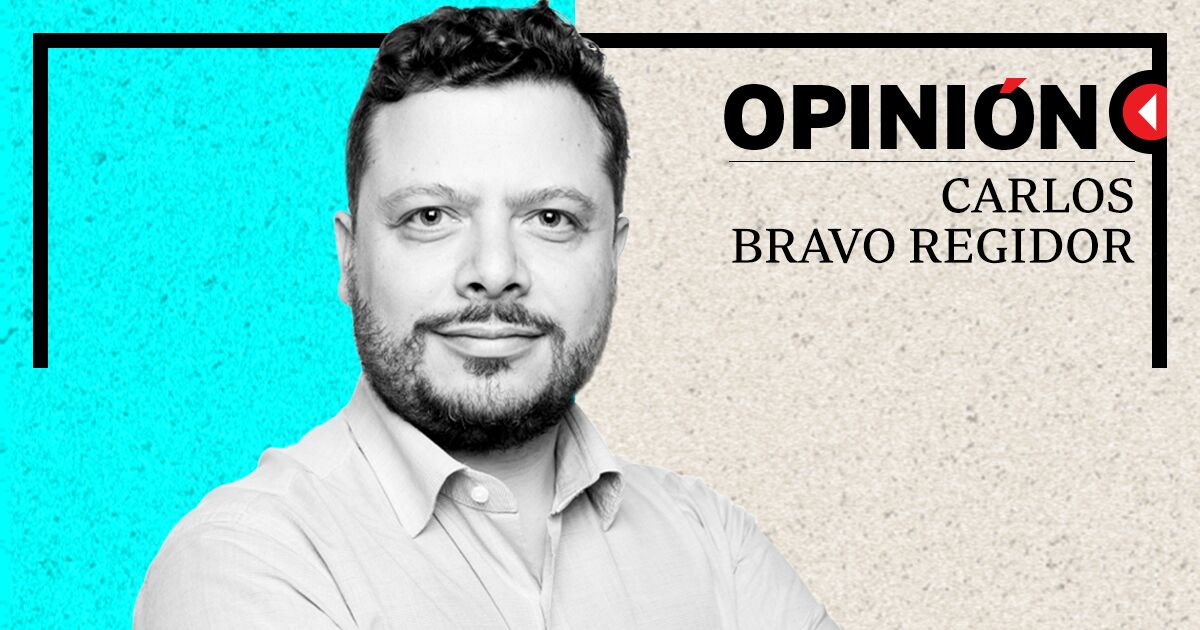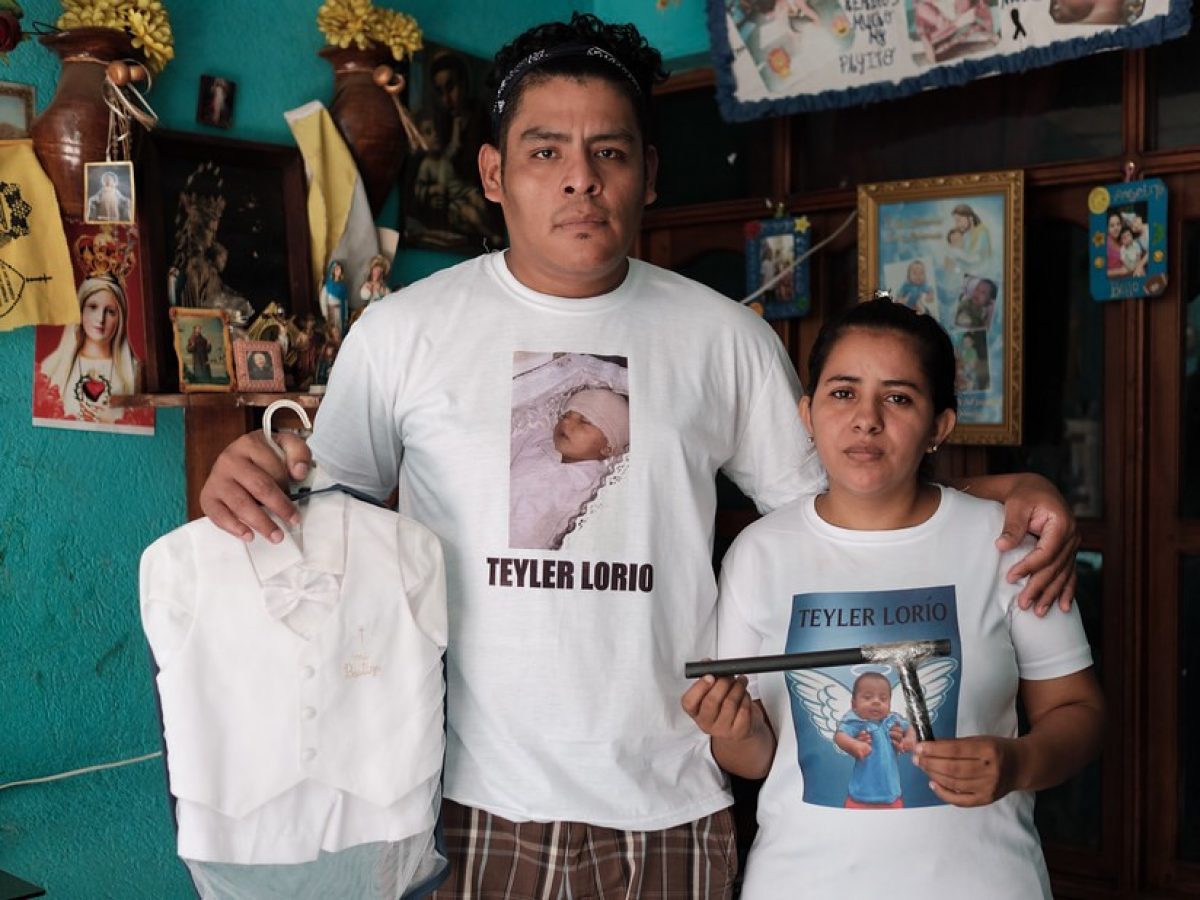There is a lot of talk about the opposition alliance and its possible candidates. There is less talk about the parties that make up this alliance, about the potential cost of their ideological blurring and, even less, about the trajectory of their leaders and the performance they have had at the head of their respective political institutes.
I am referring, specifically, to the PRI and the PAN – because of the PRD there has been nothing left to say for a long time.
Alejandro Moreno Cárdenas joined the PRI in 1991, when Carlos Salinas de Gortari was president. He was just 16 years old. Then his party ruled in all states except one (Baja California). Moreno was climbing, holding various positions as leader of the PRI youth at the local, state and even national level, until in 2003, at the age of 28, he was elected federal deputy. At that time the PRI had 17 governors.
Later, Moreno was a senator (2006-2011), again a deputy (2012-2015) and later managed to become governor of his home state, Campeche (2015-2019). When he took office, in the middle of Enrique Peña Nieto’s administration, the PRI had 20 governors. That was barely 7 years ago.
In 2019, Moreno requested a license to hold the position he currently holds as president of his party. At that time, the PRI already governed only 11 entities. Today he governs in just four. And as of next Sunday, he may only have two left (Coahuila and the State of Mexico), which, in addition, he could lose next year.
We have to hit that fact: perhaps the PRI will reach the 2024 elections without there being a single governor emanating from its ranks. Like the PRD, then.
Marko Cortés joined the PAN in 1996, at the age of 19. Then the PAN governed in four states. After rising in the PAN youth of Michoacán, he became its leader in 1999. In 2002, already during Vicente Fox’s six-year term, he was general coordinator of the party’s youth secretariat and, the following year, federal deputy. By then his party already had nine governors.
In 2004 he was appointed national councilor of the PAN; in 2006, he was elected senator. In 2015 he became a deputy again and, in addition, coordinator of the PAN caucus. And in 2018, after the defeat of Ricardo Anaya, he was elected national leader. At that time the PAN had 11 governors.








